Vocals sit at the heart of most musical pieces, often carrying the message and emotion. They deserve the utmost care in production. One of the fundamental tools for sculpting that perfect vocal sound is the compressor. In this guide, let's explain vocal compression and help you bring out the best in every vocal take.
Basics of Compression
It's essential to grasp the basics of compression, especially when dealing with such a nuanced instrument as the human voice:
- Threshold: This is where the compressor begins its job. When the vocal volume exceeds this level, compression is activated.
- Ratio: This denotes how much compression is applied. For example, at 4:1, for every 4 dB above the threshold, the output will only go up by 1 dB.
- Attack: The time taken for the compressor to start once the vocal surpasses the threshold.
- Release: How long it takes for the compressor to cease its work after the voice goes below the threshold.
- Knee: A choice between 'hard' or 'soft', dictating whether compression kicks in abruptly or smoothly.
- Make-up Gain: This compensates for volume lost during compression, elevating the compressed voice to the desired level.
The Art of Vocal Compression
Why is vocal compression such an art? Voices are dynamic and filled with emotions. One minute they're whispering, the next they're soaring. Compression aids in:
- Enhancing Emotional Delivery: Ensuring softer parts are heard while taming the louder bursts.
- Providing Consistency: Keeping vocals front and center in the mix.
- Adding Character: Sometimes, we want vocals to have a specific tonal color, and compression can be a means to that end.
Compression Approaches for Vocals
The voice varies from delivering whispers or loud screams. Depending on the genre, mood, or specific song requirement, our approach to compression will vary.
Transparent Compression
In certain songs, especially ones with a delicate or intimate feel, we want our compression to be as invisible as possible.
- Soft Knee: This ensures a gentle onset of compression.
- Moderate Ratios: Ratios around 2:1 to 4:1 are often sufficient for a natural sound.
Practical Example: For an acoustic ballad where the vocals should breathe and feel authentic, use a soft knee with a moderate ratio. An attack time of 10-20 ms and a release of 50-100 ms can provide transparency. Set the threshold so you're only getting 1-3 dB of gain reduction on the loudest passages.

Dynamic Control
Pop, rock, and many modern genres require vocals to stay consistently present in the mix.
- Hard Knee: Gives a more definitive start to compression.
- Higher Ratios: Going up to 6:1 or 8:1 ensures the vocals stay within a narrow dynamic range.
Practical Example: For a pop track, opt for a harder knee and a higher ratio. Set the attack to be relatively fast (5-10 ms) and the release to be adaptive or around 80-120 ms. You might be compressing 8-12 dB on average here, ensuring the vocals never wane in energy.
Character & Color
Sometimes, compression isn't just about dynamics; it's about tonal flavor.
- Fast Attack & Release: Squash those transients and create a distinctively compressed sound.
- Drive or Saturation: Some compressors offer a 'drive' or 'color' option, imparting a tone.
Practical Example: Going for a gritty blues vibe? Choose a compressor known for its color (often vintage models). A fast attack (0-5 ms) and release (20-40 ms) with a 4:1 ratio can give you a sound that's thick and textured.
Tips for Different Vocal Types
Every voice is unique, and understanding the nuances can drastically affect how we approach compression. What works for one voice may not work for another so it’s very important to treat every performance as unique and apply the appropriate compression as needed.
Male vs. Female Vocals
Differences in frequency range and dynamic behavior can influence our compression settings.
- Male Vocals: Often denser with more energy in the lower mids. A moderate attack can help maintain the vocal's natural warmth, while a slightly faster release can control extended low-end tails.
- Female Vocals: Tend to have a more pronounced high-mid presence. A quicker attack can tame sibilance, and a moderate release ensures clarity without causing the voice to sound thin.
Group Vocals & Harmonies
Group vocals and harmonies are the best way to make a vocal performance have depth and sound huge in a mix. Achieving a cohesive blend is crucial when working with multiple voices.
- Balanced Dynamics: Use compression to ensure no particular voice overshadows others. This might require individual compression on each voice before bussing them together and compressing lightly again.
- Watch for Phase Issues: Sometimes, heavy compression can introduce phase anomalies. Always A/B with the uncompressed signal to ensure the blend remains natural.
Practical Tip: For a choir or group vocal in a gospel track, individual compression ratios around 3:1 with moderate attack and release settings can keep each voice distinct. On the group bus, a gentle 2:1 ratio with a soft knee can glue the vocals together.
Spoken Word & Rap
The rhythm and articulation of spoken word performances require a special touch.
- Emphasize Clarity: A fast attack and moderate release can ensure every word is heard without being overly aggressive.
- Mind the Sibilance: Rappers and spoken word artists can sometimes be sibilant. An attentive ear and possibly a de-esser post-compression can be beneficial.
Practical Tip: For a rap verse where every word matters, a ratio of 4:1, an attack around 5 ms, and a release around 80 ms can maintain energy and clarity. Adjust the threshold for 3-5 dB of gain reduction on the most forceful passages.

Conclusion & Final Thoughts
Vocal compression is an essential tool in music production. Properly applied, it ensures clarity, consistency, and a polished sound for vocals in a mix.
Key takeaways from this guide:
- Trust Your Ears: While the provided settings are general guidelines, always rely on your ears to make final decisions.
- Avoid Over-Compression: It's easy to overdo it. Subtlety often yields the best results, ensuring vocals retain their natural dynamics.
- Keep Learning: The audio production world is always evolving. Stay updated with new techniques and tools to consistently deliver quality results.
Thank you for choosing Kiive Audio for insights on vocal compression. Here's to achieving the best vocal mixes in your future projects!

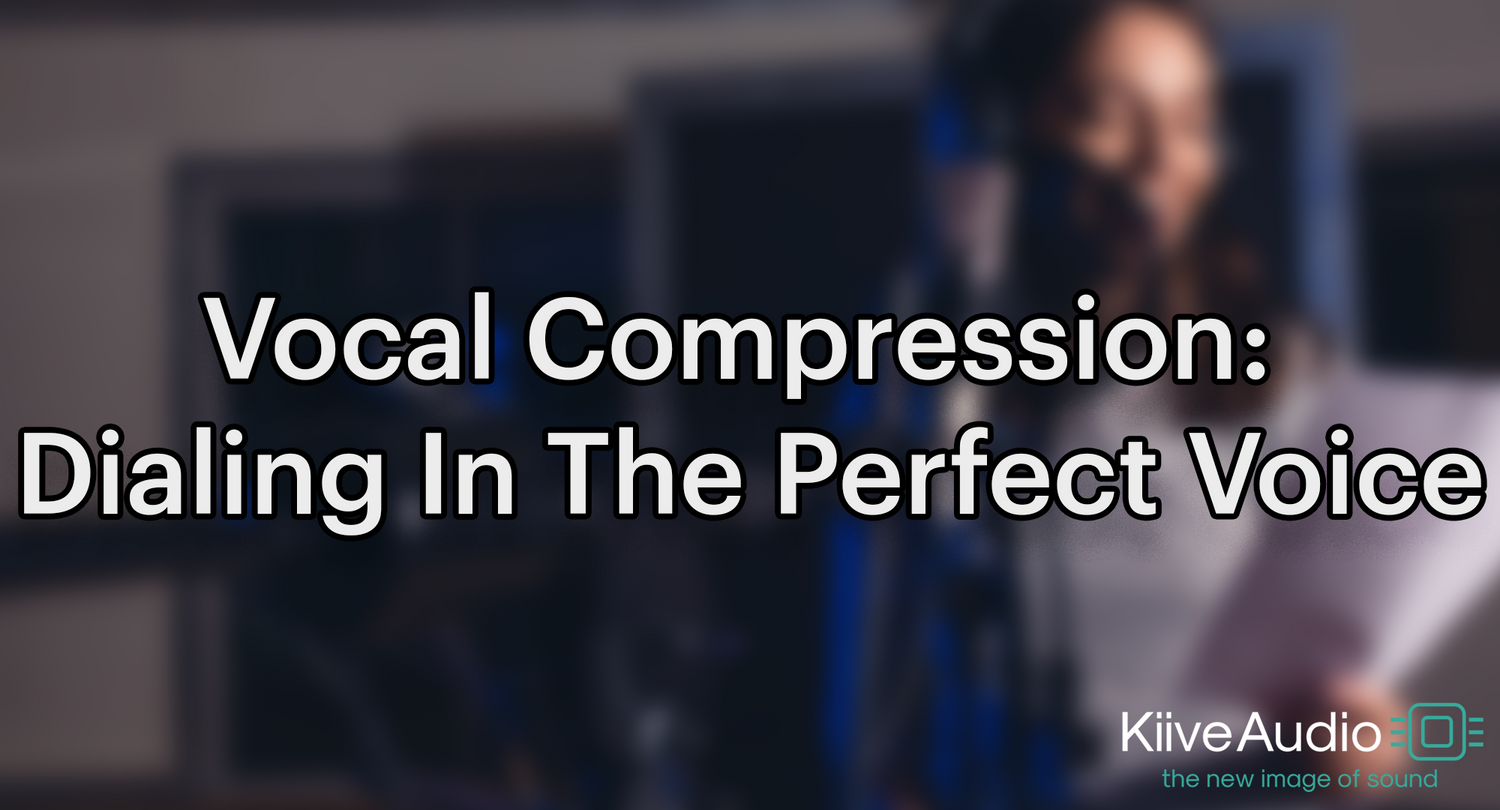



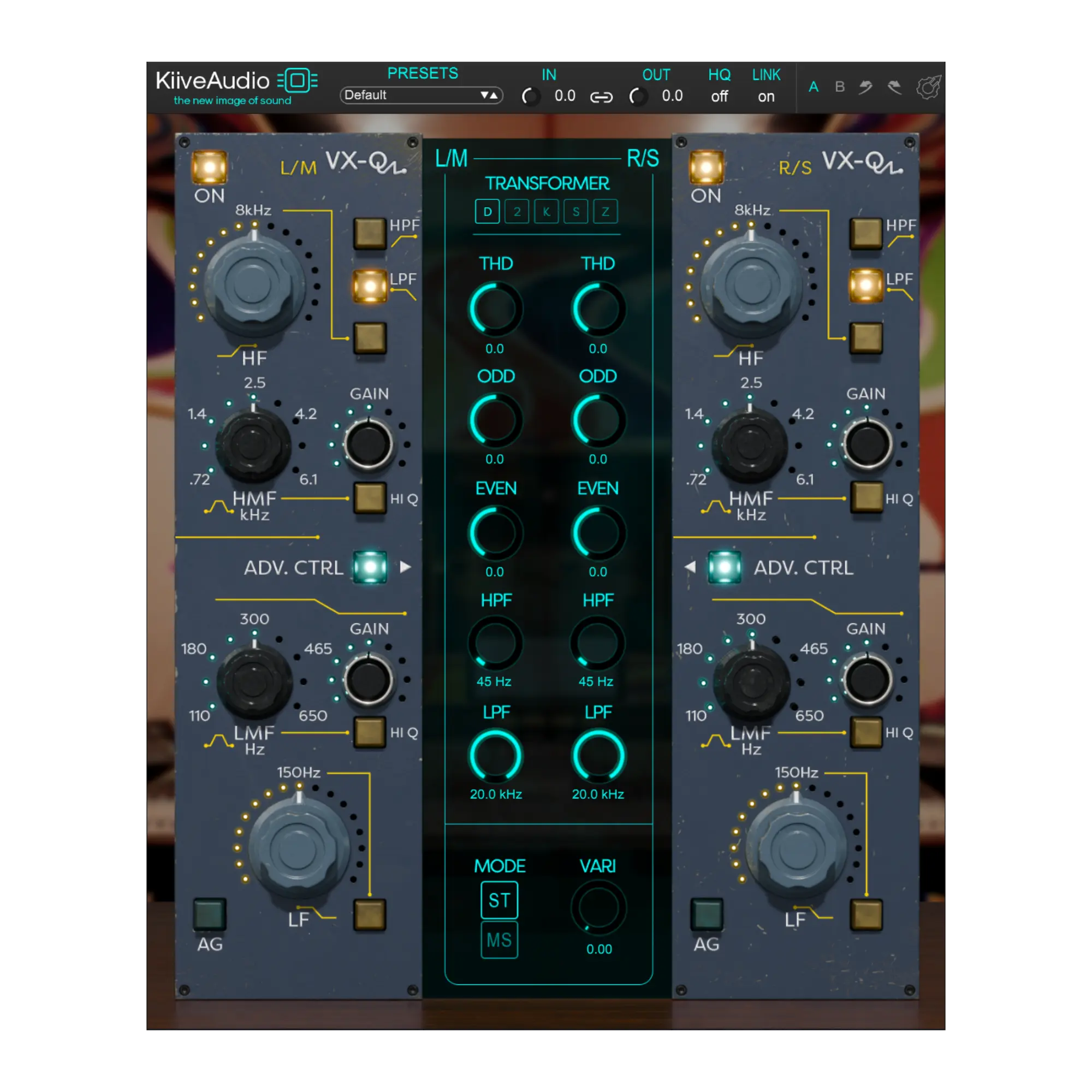
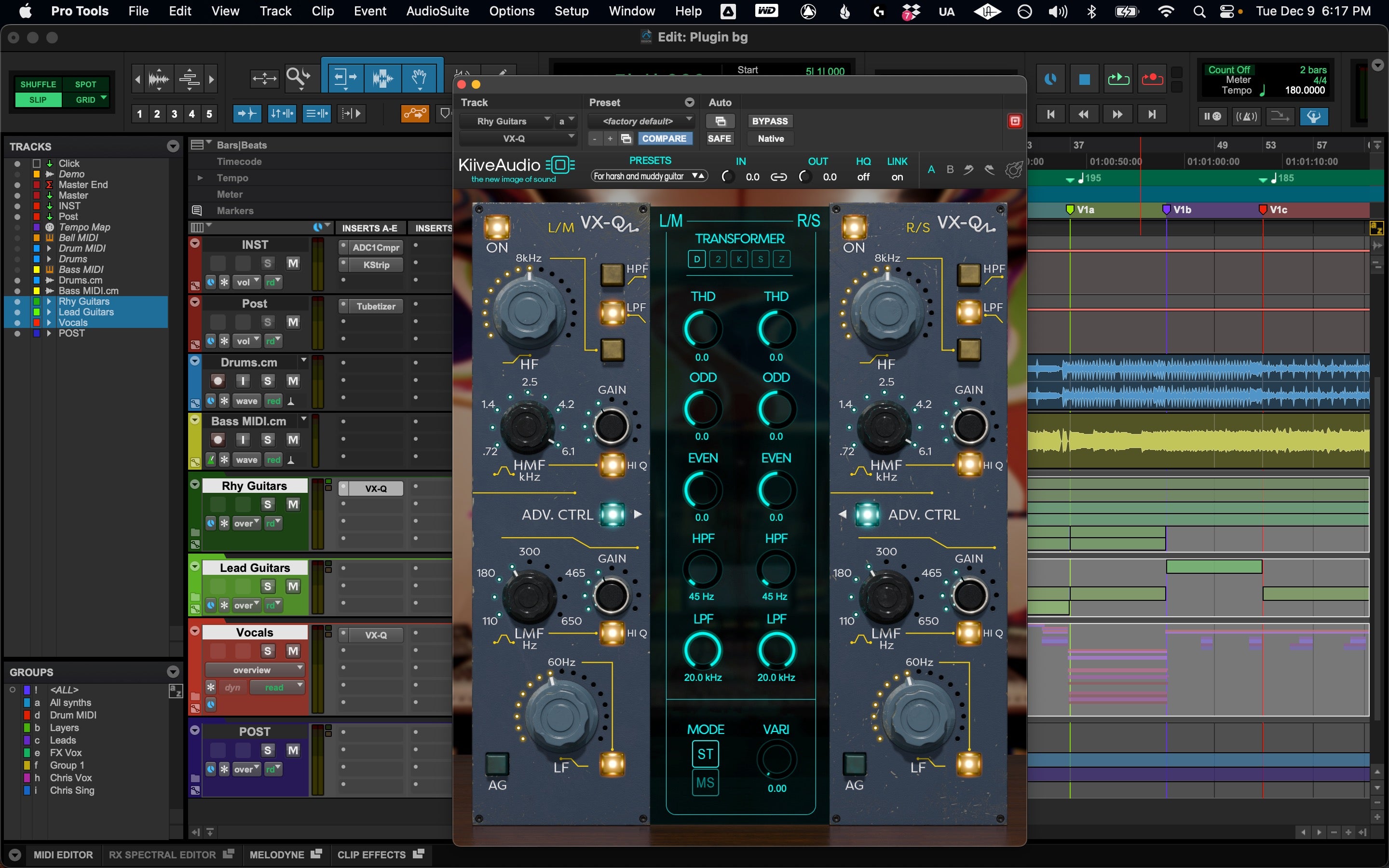


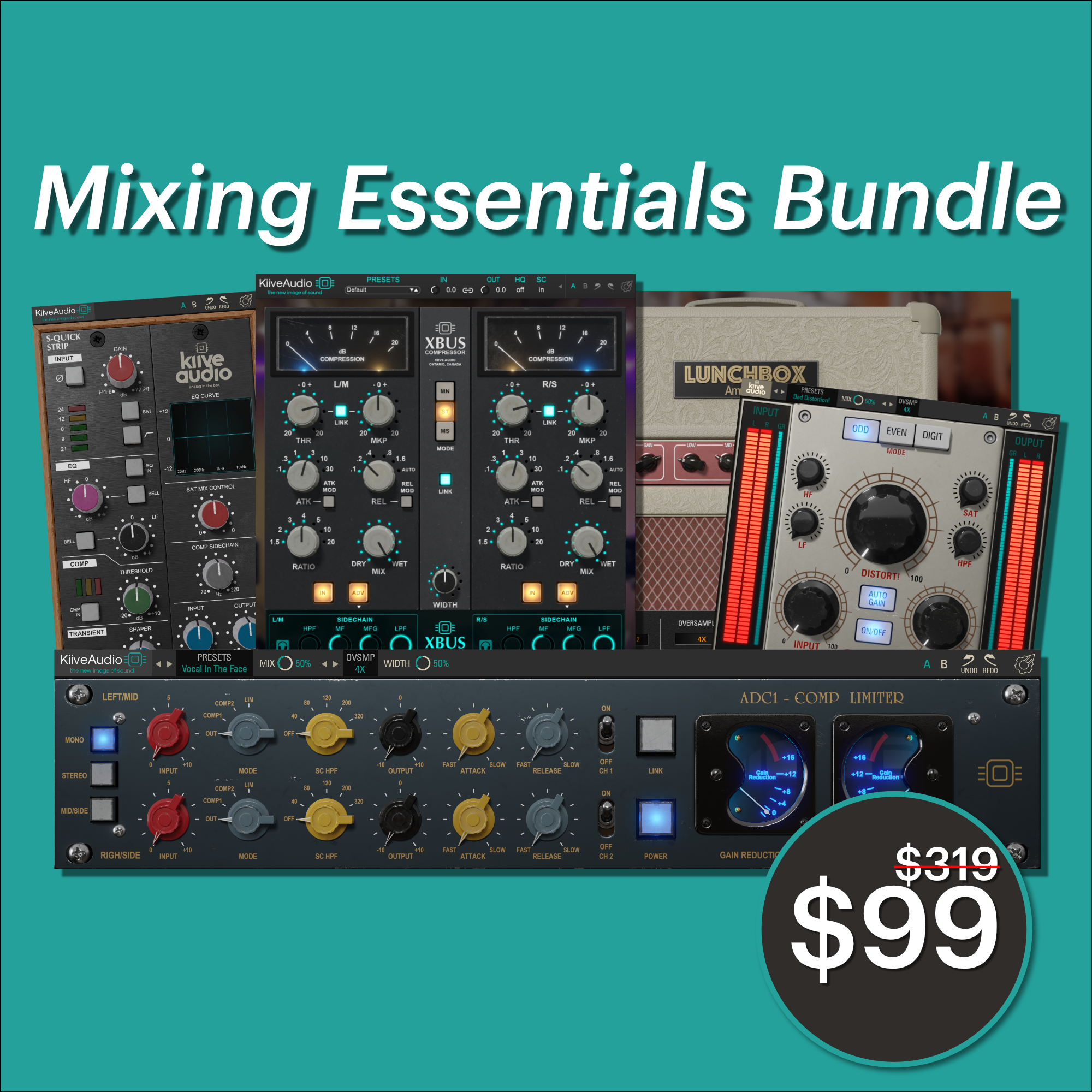
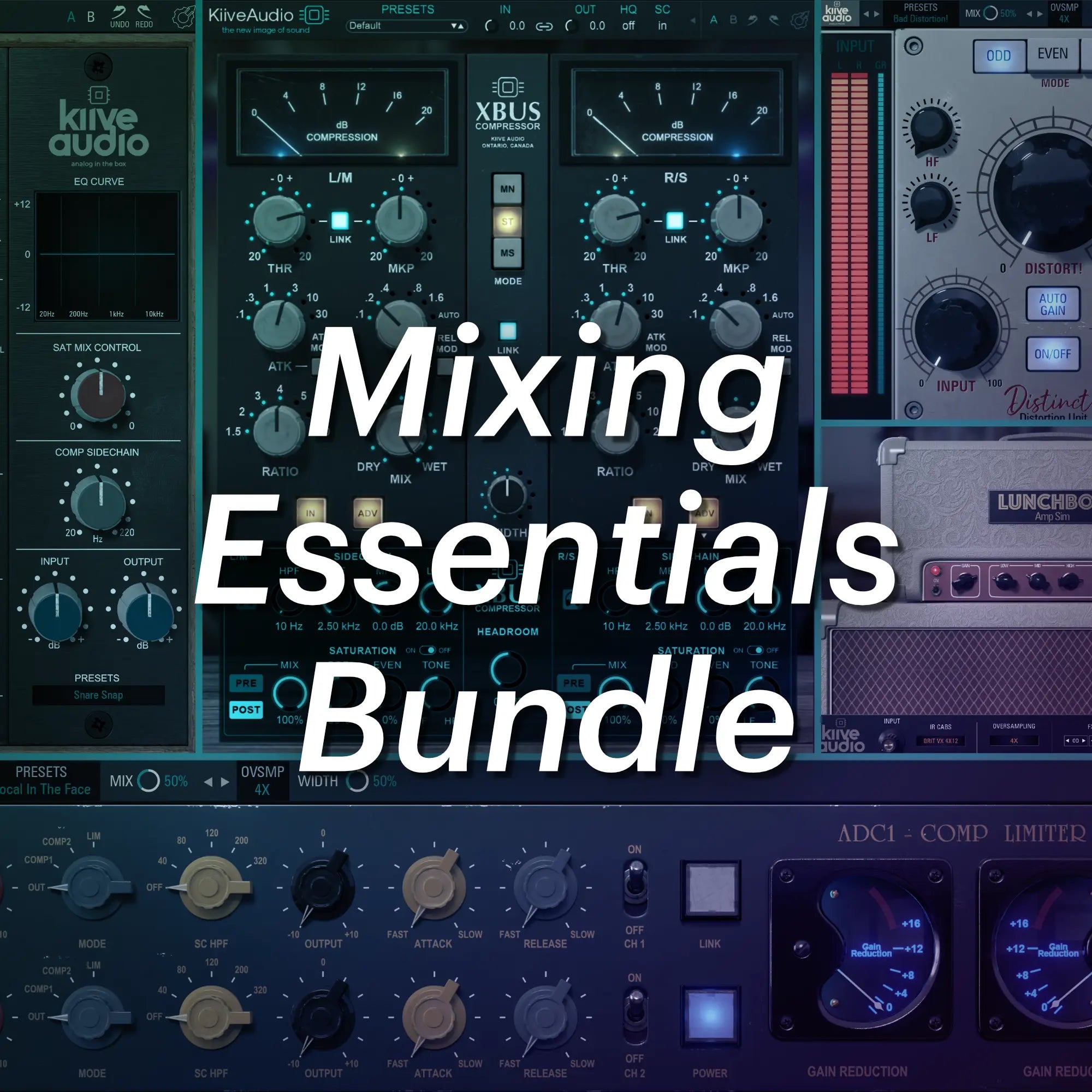
Leave a comment
All comments are moderated before being published.
This site is protected by hCaptcha and the hCaptcha Privacy Policy and Terms of Service apply.